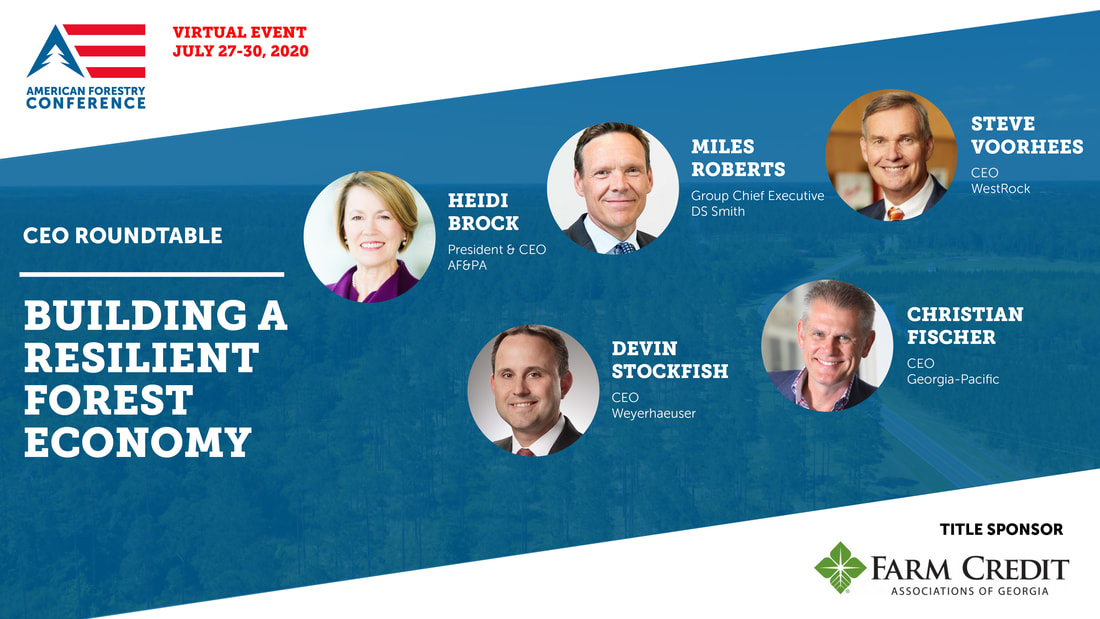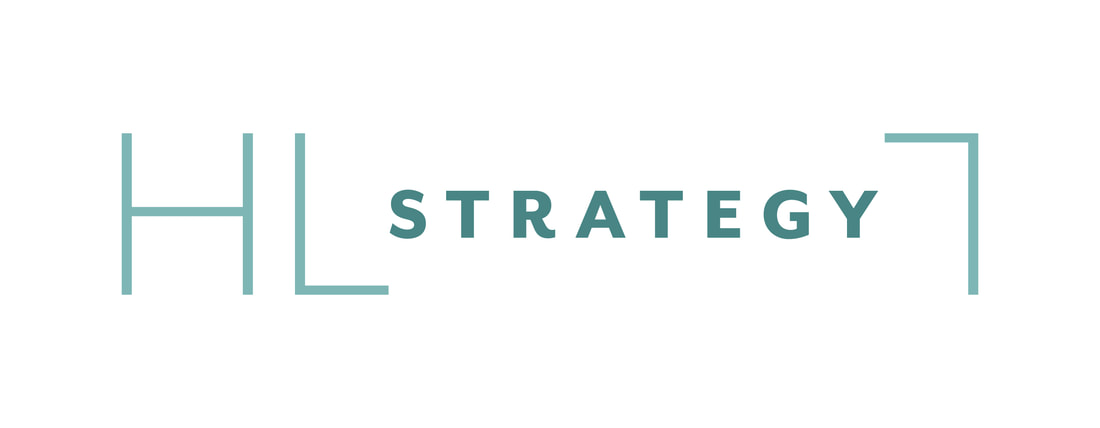A CEO Perspective
Building a Resilient National Forest Economy
Fall 2020
The following is a transcript of a roundtable discussion that took place at the American Forestry Conference, a virtual event held July 27-30, 2020. A group of prominent forestry CEOs discussed how the industry has been impacted by the COVID crisis, and how it can emerge more resilient and successful than ever. (The transcript has been condensed and edited for clarity.)



